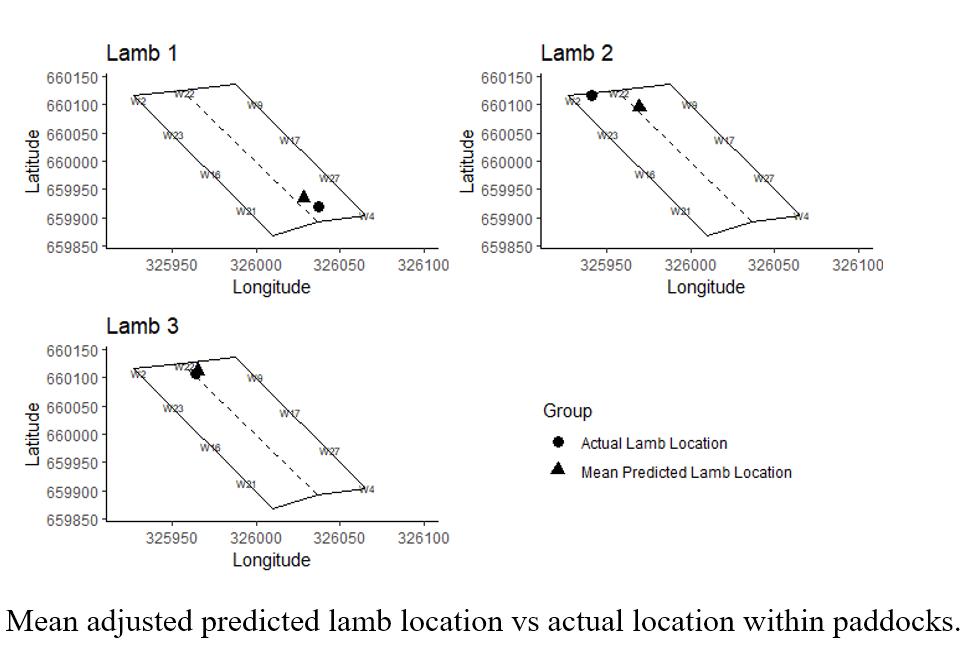There’s new research from Scotland, UK on Calibration of a novel Bluetooth Low Energy (BLE) monitoring device in a sheep grazing environment. Knowing an animal’s location and proximity can offer insights into landscape use, animal performance, behaviour and social contacts. However, the technologies currently used to collect these data are costly and challenging to implement, particularly due to the low value of individual animals and typically large flock sizes.
A device was specifically designed for a study to assess the relationship between the Received Signal Strength Indicator (RSSI) of a BLE beacon and BLE reader and to develop a distance prediction model. This model was then applied in a static situation and on-sheep studies, using a multi-lateration approach to determine a beacon’s location within a field setting. A purpose-built Wearable Integrated Sensor Platform (WISP) was developed for the study, featuring a BLE reader and other sensors. It was designed to report the identity and RSSI of the 16 ‘closest’ beacons seen for each duty cycle.

The findings revealed that the height of the device had an impact, with fewer beacons reported at a shorter distance in WISPs at the lower height of 0.3 m. RSSI can vary greatly based on factors like transmission power, device orientation, enclosure and the operating environment.
Using the distance prediction and adjusted distance prediction, beacon locations could be estimated for most of the beacons. Not all beacons could be located due to issues such as being reported by too few WISPs or the resulting multi-lateration circles not intersecting.
The study suggests that BLE can potentially be used for sheep localisation in outdoor environments. The multi-lateration approach is dependent on receiving RSSI readings from multiple readers at a similar timepoint, it could offer more information about localisation and movement than simple proximity ranges or presence/absence. Locating a sheep to within about 30 m in a field environment represents a significant step forward.